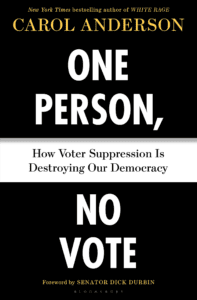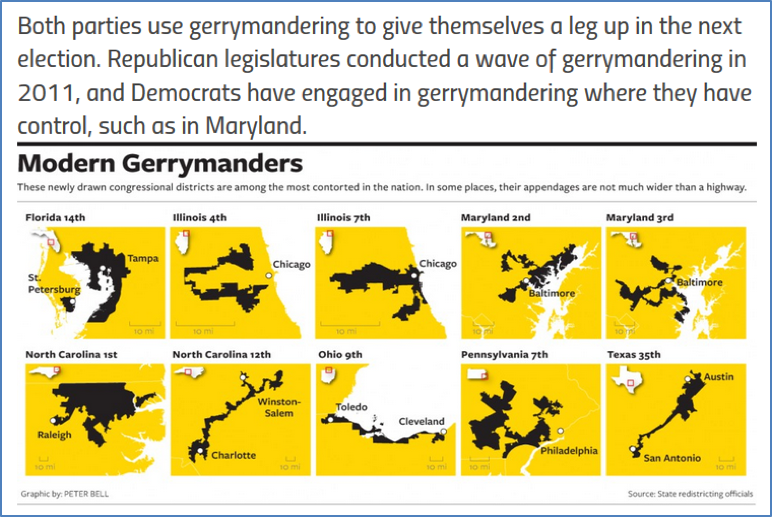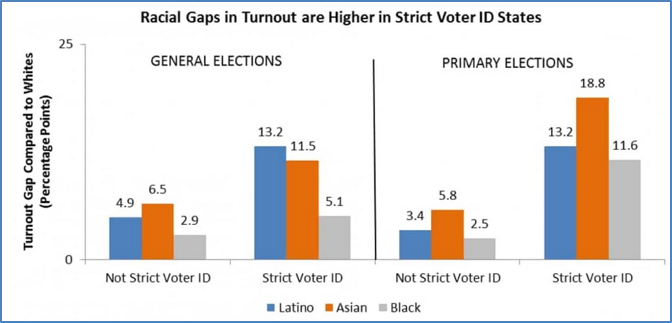This act was a response to the injustices, obstacles and discrimination, along racial lines, to voting in certain states.
Signed by President Clinton “as a way to make it easier for all Americans to register to vote by allowing people to sign up at the DMV.” This applies to 44 states and the District of Columbia. Source
The Supreme Court decision that overturned Section 4 of the Voting Rights Act (the federal “preclearance” provision) and subsequently nullified Section 5. This provision applied extra oversight for jurisdictions with a history of racial discrimination in voting. Chief Justice John Roberts wrote, “voting discrimination still exists: no one doubts that.” “The effect of the Shelby County decision is that the jurisdictions identified by the coverage formula in Section 4(b) no longer need to seek preclearance for the new voting changes, unless they are covered by a separate court order entered under Section 3(c) of the Voting Rights Act.” Source
Voter Purges
“Ahead of upcoming midterm elections, a new Brennan Center investigation has examined data for more than 6,600 jurisdictions that report purge rates to the Election Assistance Commission and calculated purge rates for 49 states.
We found that between 2014 and 2016, states removed almost 16 million voters from the rolls, and every state in the country can and should do more to protect voters from improper purges.
Almost 4 million more names were purged from the rolls between 2014 and 2016 than between 2006 and 2008. This growth in the number of removed voters represented an increase of 33 percent — far outstripping growth in both total registered voters (18 percent) and total population (6 percent).” Source
IDs
“Proponents claim that ID laws are necessary to reduce fraud and to restore trust in the democratic system. Critics claim that voter ID laws serve as effective barriers that limit the legitimate participation of racial and ethnic minorities and other disadvantaged groups.” Source
“In 2017, at least 99 bills that restrict access to registration and voting were introduced in 31 states. Thirty-two states have some form of voter ID law currently in effect. These ID laws don’t affect all people equally: people of color, low-income people, the elderly, students, and people with disabilities disproportionately lack the types of IDs that states deem acceptable.” Source
Shorter Voting Periods
“‘North Carolina in 2013 enacted a set of election measures dubbed the ‘monster’ law that shortened early voting and eliminated same-day registration.’” The law was voided by a Federal Appeals Court as discriminatory.” Source
Fewer Polling Places
“Local officials across the country shuttered 868 polling places in the three years after the Supreme Court’s 2013 ruling.” Source
“Some voters in Barton County, Kansas, now will have to drive 18 miles to vote in November’s election because of polling place consolidation. In the past three decades, the county has gone from 40 polling places to 11. The main reason, said County Clerk Donna Zimmerman, is cost.” Source
Redistricting (Gerrymandering)
“Traditionally, state legislatures have been responsible for redistricting for state legislative and congressional districts. Some states, however, use a redistricting commission to draw the district lines, and others have bills to create commissions.” Source
What About Voter Fraud?
“President Trump shut the Presidential Advisory Committee on Election Integrity charged with investigating voter fraud. No real evidence of fraud in the American election system was found.” Source
In the Kansas voter fraud lawsuit brought against Secretary of State Kris Kobach, findings showed “only 43 non-citizens out of 1.8 million Kansas voters had registered to vote in the state since 1999. Just 11 of those actually cast a ballot, and [Judge] Robinson found those were ‘largely explained by administrative error, confusion, or mistake.’” Source
“Critics of photo voter ID laws additionally and routinely claim that vote fraud does not exist and swiftly dismiss documented cases of such fraud as irrelevant. It’s hard to explain this thinking, especially when, in North Carolina, more than five hundred illegal votes were cast in the 2016 election, and in Kansas, nine individuals were convicted of voting in multiple states. What do the critics have to say about these documented cases of vote fraud? They say they’re insignificant.” Source


















